This is the last part I promise. (As this is within the nautical bit, my earlier 2 posts were within the Armour section, in case you’re wondering).
Now somewhere along the line in all my readings of the preparations of the Allied invasion of Normandy I had missed any mention of these; I’m sure there are those on the site who haven’t, if so look away now, as this will be old hat.
Amidst all the preparations for D Day essentially, in 1943 US troops built 8 facsimile landing craft (though I could only identify 6) a couple of hundred metres inland on Braunton Burrows, north Devon, here in the UK.
Braunton Burrows is still a military training area but open to the public when there’s no live firing. It took us around 50 minutes to drive from Northam where we were staying, bypassing what used to be RAF Chivenor but now home to the Royal Marines. I had picked up a grid reference from the www, but it turned out to be woefully inaccurate. Access to the area involved a long, meandering road with some 15-odd speed bumps, which began to tax the morale a bit.
There is a car park adjacent to the area and a fellow dog-walker gave me directions. After about a couple of hundred metres or so I encountered a section of Royal Marines who very helpfully provided some excellent directions, an 8-figure grid, and an aerial photograph. There hundred metres on, a clamber over a gate and there we were – WW2 concrete – nothing quite like it!
An informative sign at the site says it all:
And I’ll let the pictures do the talking:
Overview of the site
Me thrown in for scale (not aesthetics!)
One of the smaller ones - LCA -(with my long suffering wife and dog for scale)
Nice that the site is commemorated every year
Note the anti tank obstacles - presumably for extra realism
Note the metal rings set into the base to facilitate vehicle lashing down
Not all have survived the decades
A view from the track that runs alongside the site
Lastly, on the beach itself, remnants of bunkers and obstacles, all to help the troops practice for Normandy.
For those planning to visit the area, just north of Braunton Burrows is a headland known as Baggy Point which was used by the Rangers to practice their assault on Pointe du Hoc; north of Baggy Point is Woolacombe Sand, also used for training due to its similarity with what became known as Omaha Beach. I did not, sadly, visit either of these sites.
Anyway, I hope this is of interest to some.
And that folks, is what I did on my holiday; I may have just run out of goodwill from my wife. A few years back I dragged her around more concrete in Lincolnshire, this time concrete from the 60s - the RAF’s Thor Missile sites - but that’s another story.
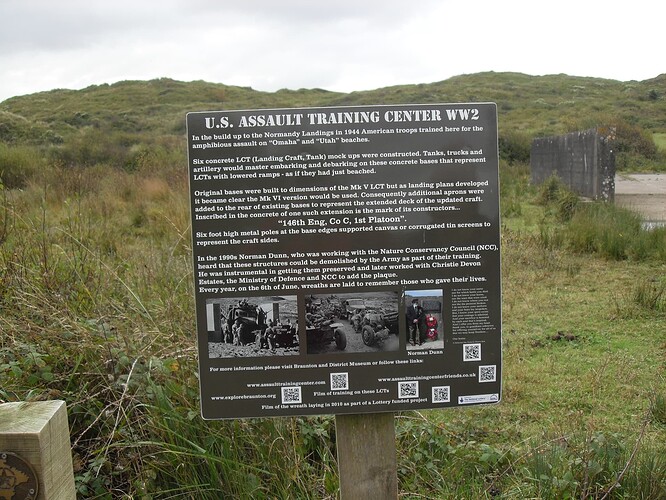


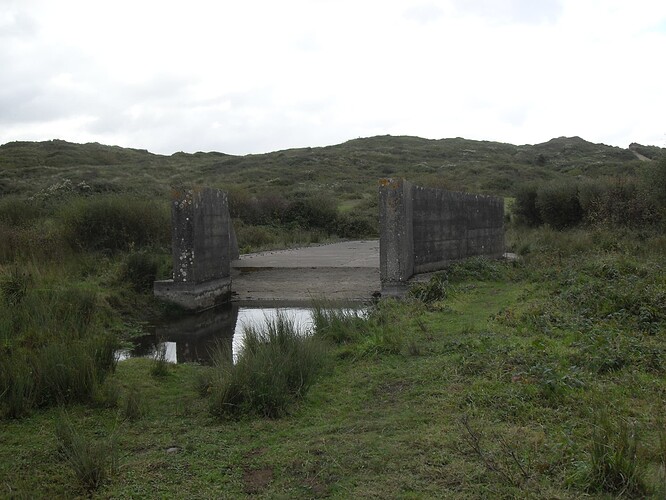
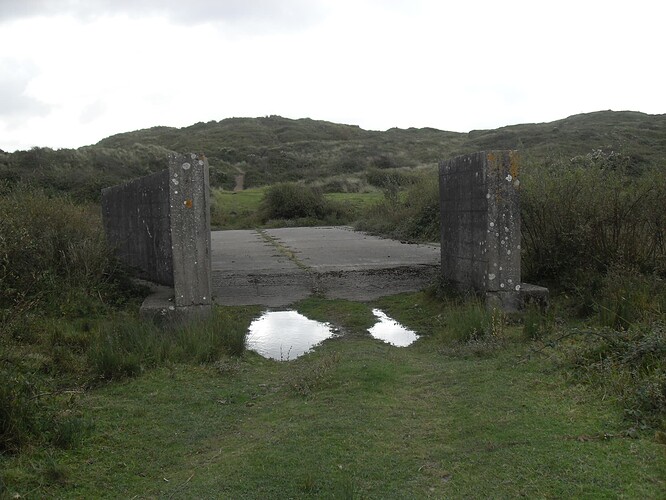
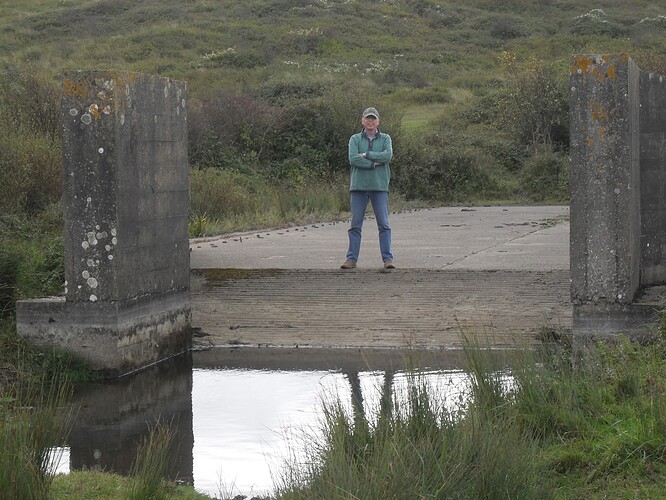
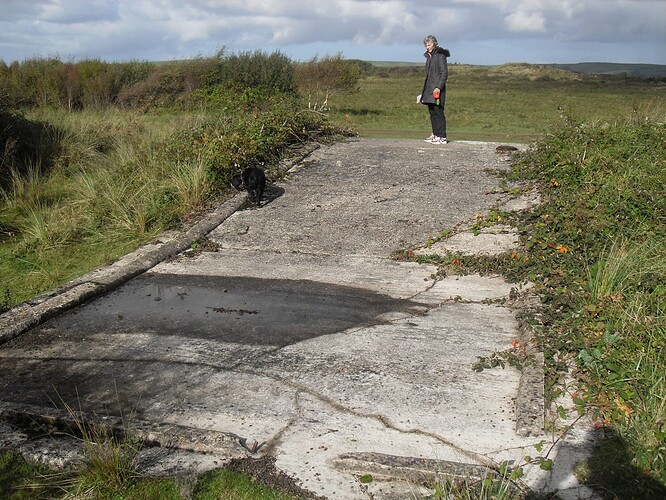
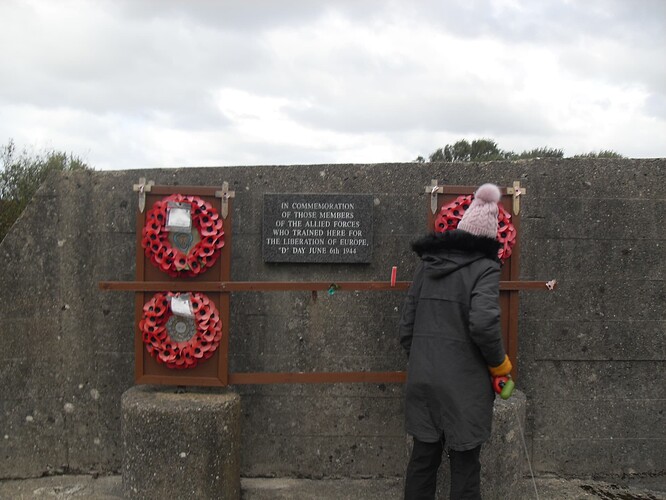

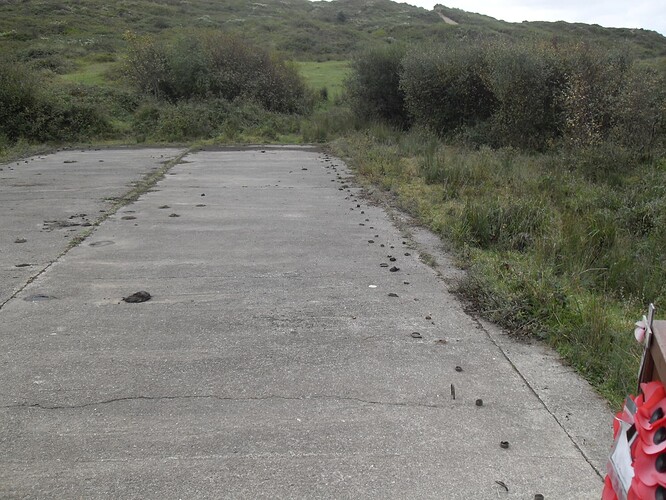

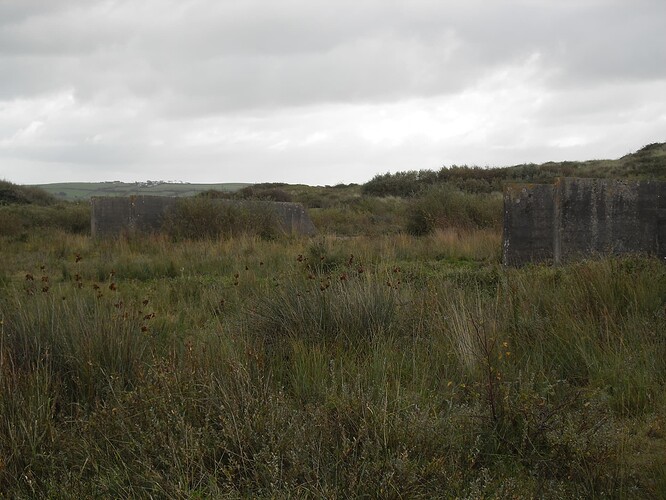
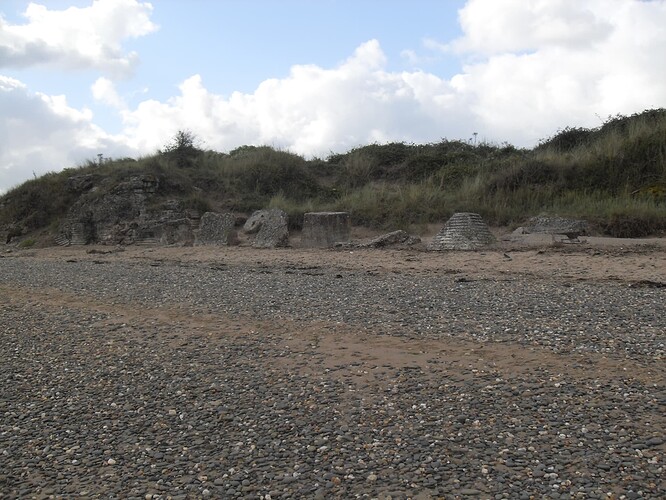

 Then there is the Guiness.
Then there is the Guiness.
